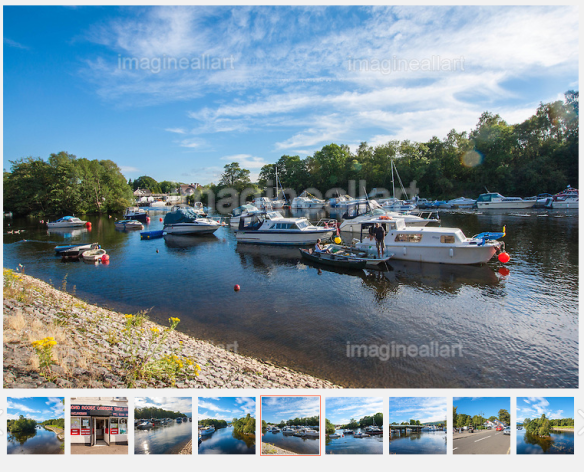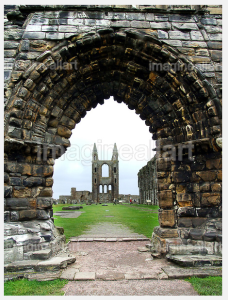Balloch is a small town in West Dunbartonshire, Scotland, at the foot of Loch Lomond.
Balloch, or Bealach, comes from the Gaelic word ‘bal’ (baile or ball) which means village or hamlet, so Balloch means village on the Loch – as in nearby Loch Lomond. The word can also mean “the pass”.
Balloch is at the north end of the Vale of Leven, straddling the River Levenitself. It connects to the larger town of Alexandria and to the smaller village of Jamestown, both of which are located to its south. It also borders the Kilpatrick Hills. To the east of the town lies the major local authority housing scheme in the area known as ‘The Haldane’ or ‘The Mill of Haldane’. At 56 degrees N, Balloch is at about the same latitude as Moscow.
With its accessible location at the southern end of Loch Lomond and just off the main road from Glasgow to the West Highlands, it is an important centre of tourism, especially from Glasgow and Dumbarton. The town has a number of hotels, inns and pubs, and there are cruises from Balloch up Loch Lomond, and other services, including to nearby locations like Luss, and the Renfrew Ferry service. The largest number of boats cruising on Loch Lomond leave from Balloch. It contains Balloch Country Park and Balloch Castle, and is at the southern end of the first Scottish national park, Loch Lomond and The Trossachs National Park.
There is a Sea Life Centre located in the town. The Loch Lomond Youth Soccer Festival used to take place in the town. “Lochfoot” in the Jean Robertson novels of Jane Duncan is partly based on the town. The PS Maid of the Loch is currently being restored at Balloch pier.
The A811 road (based on an eighteenth-century military road) goes from Balloch to Stirling, and the A813 goes from Dumbarton to Balloch. The Glasgow to Loch Lomond cycle path (part of National Cycle Route 7) ends at Balloch. The West Loch Lomond Cycle Path also runs from Balloch.
The town was formerly served by two railway stations on the Caledonian and Dunbartonshire Junction Railway: Balloch Central, and Balloch Pier, which closed in 1988 and 1986, respectively. The town now has one railway station, which is a terminus of the North Clyde electric train service from Glasgow.



